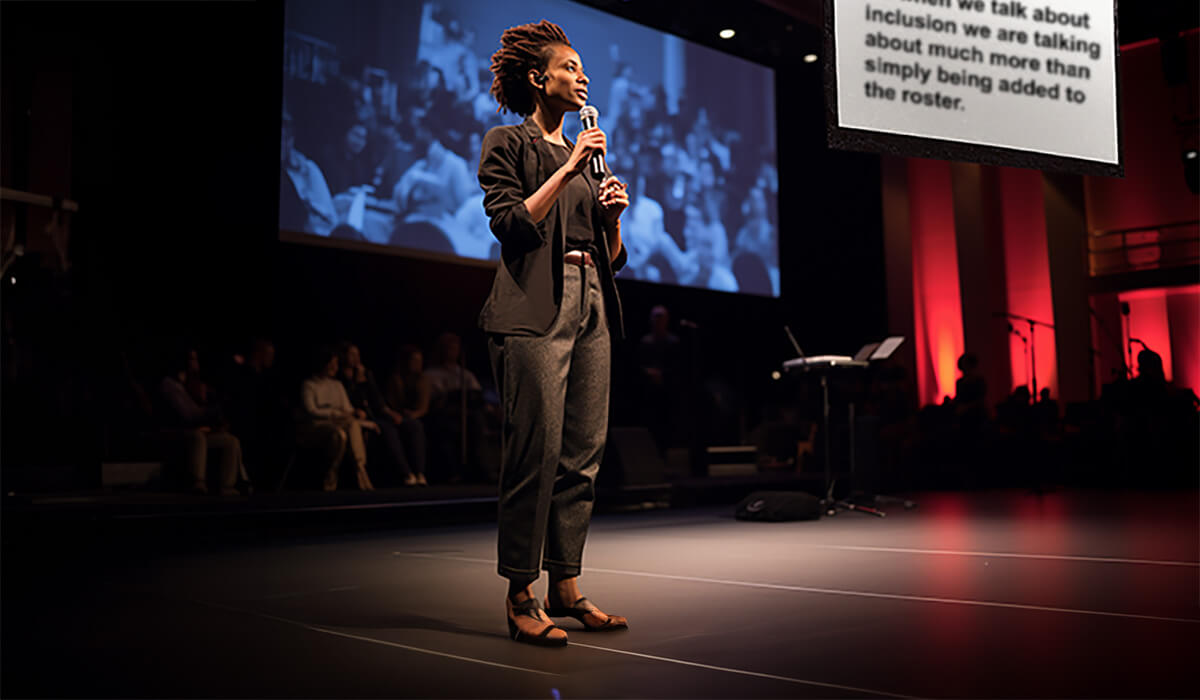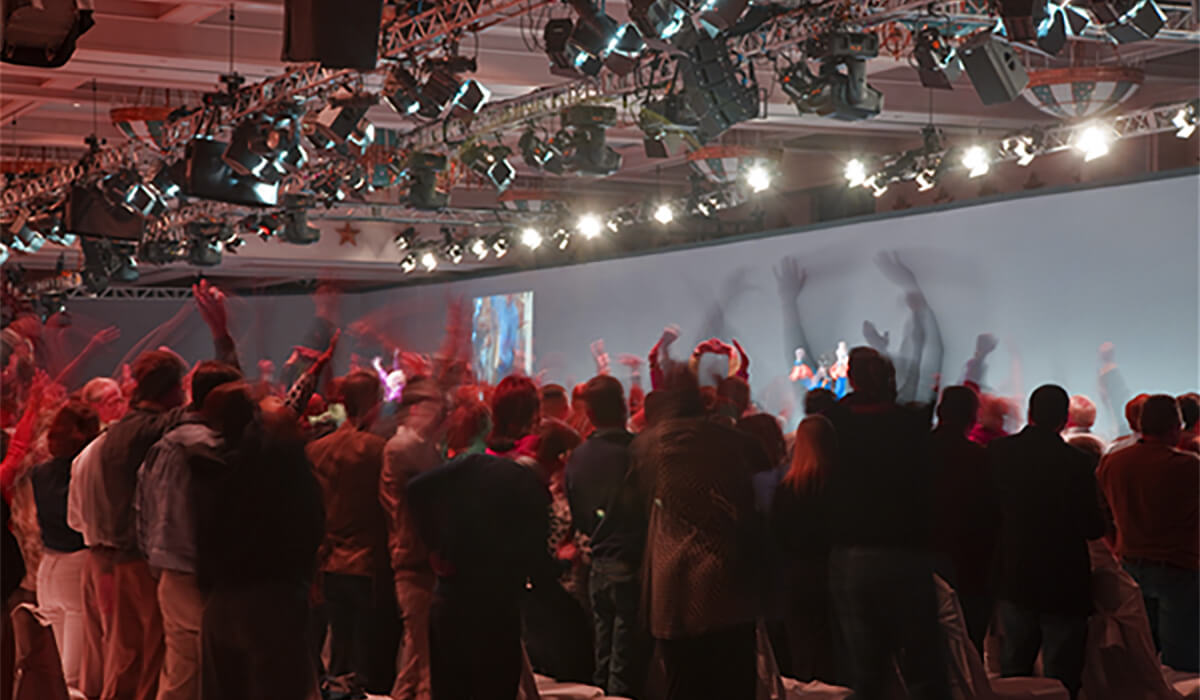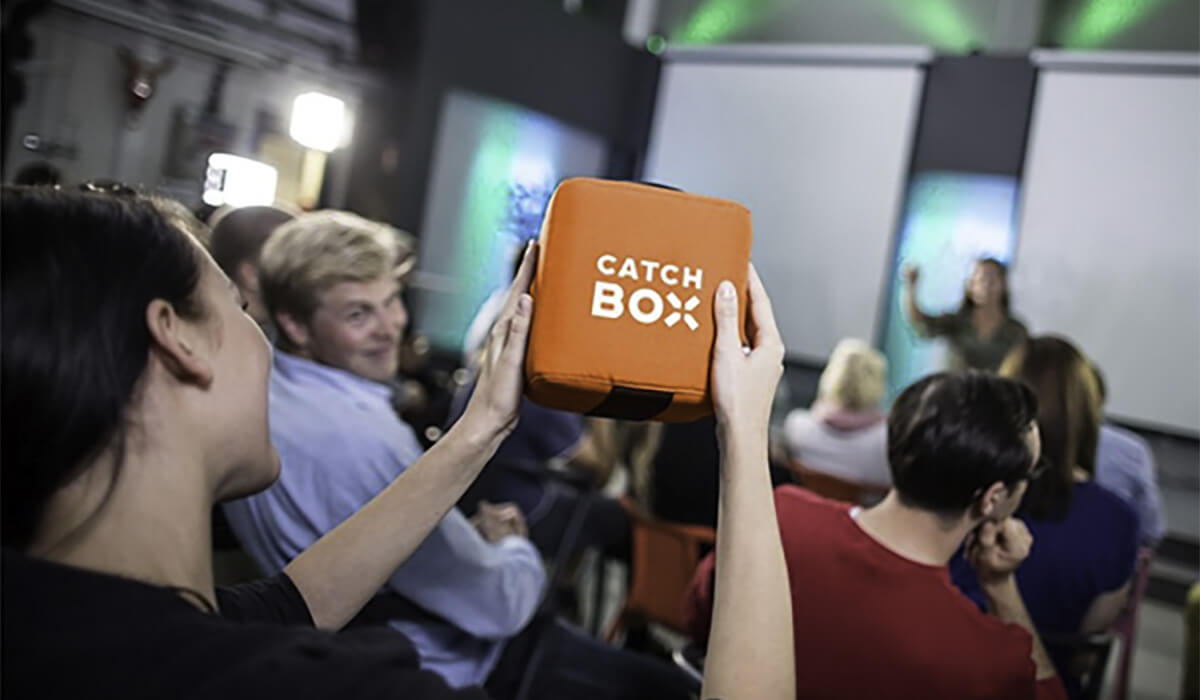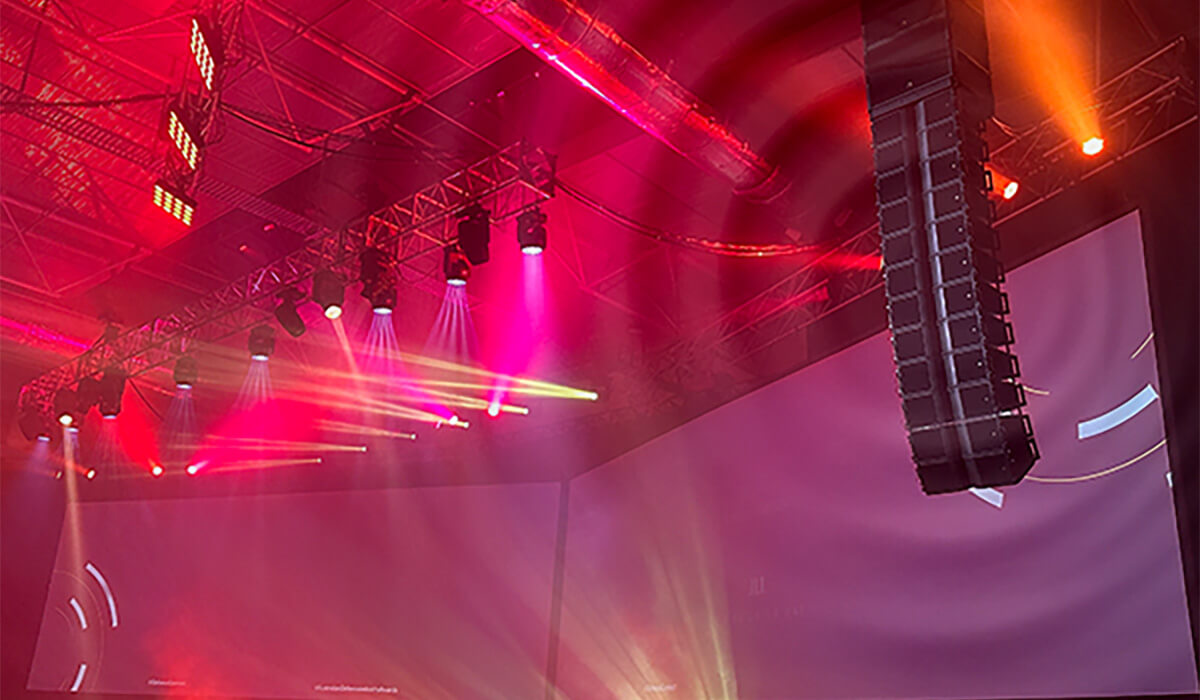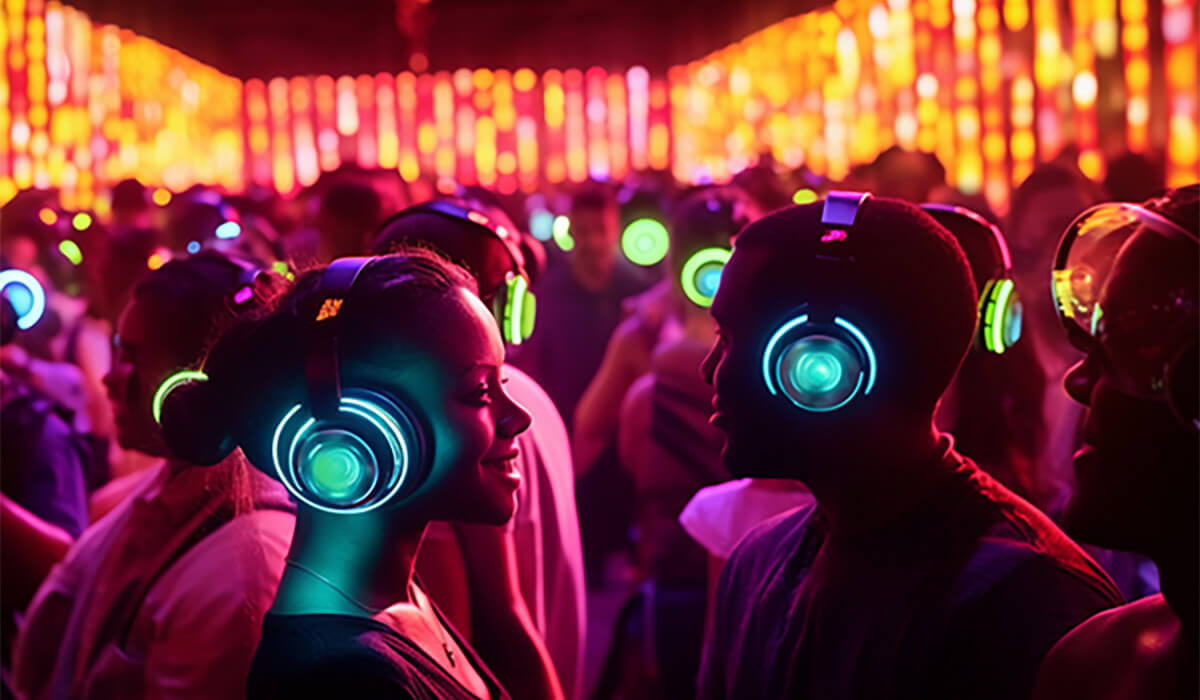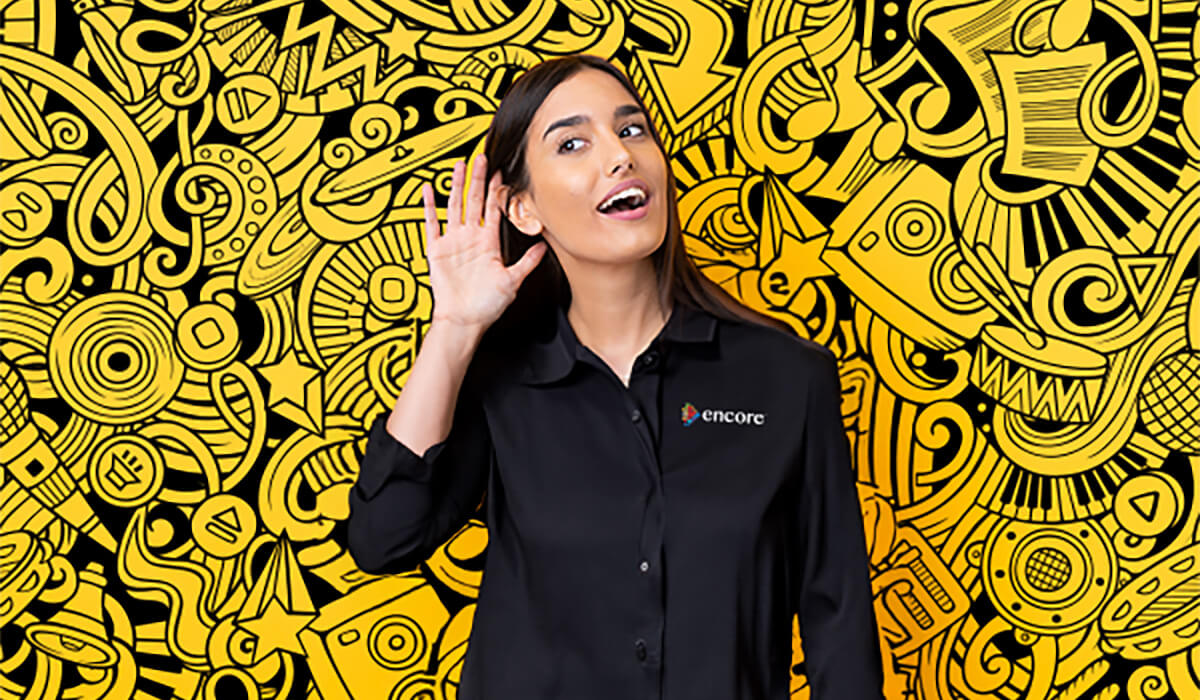From sound effects to targeted audio, learn how to amplify participant experiences
Sounds provoke powerful emotions. The sound effects in a movie make us lean forward with anticipation or jump in surprise. A song on the radio has the power to transport us to another time and place instantly. Conversely, when you can’t hear what’s going on, you tune out. And when sound quality is degraded, it negatively affects people’s ability to communicate, learn and focus. That’s why sonic engagement is a powerful tool in any meeting or event professional’s arsenal.

